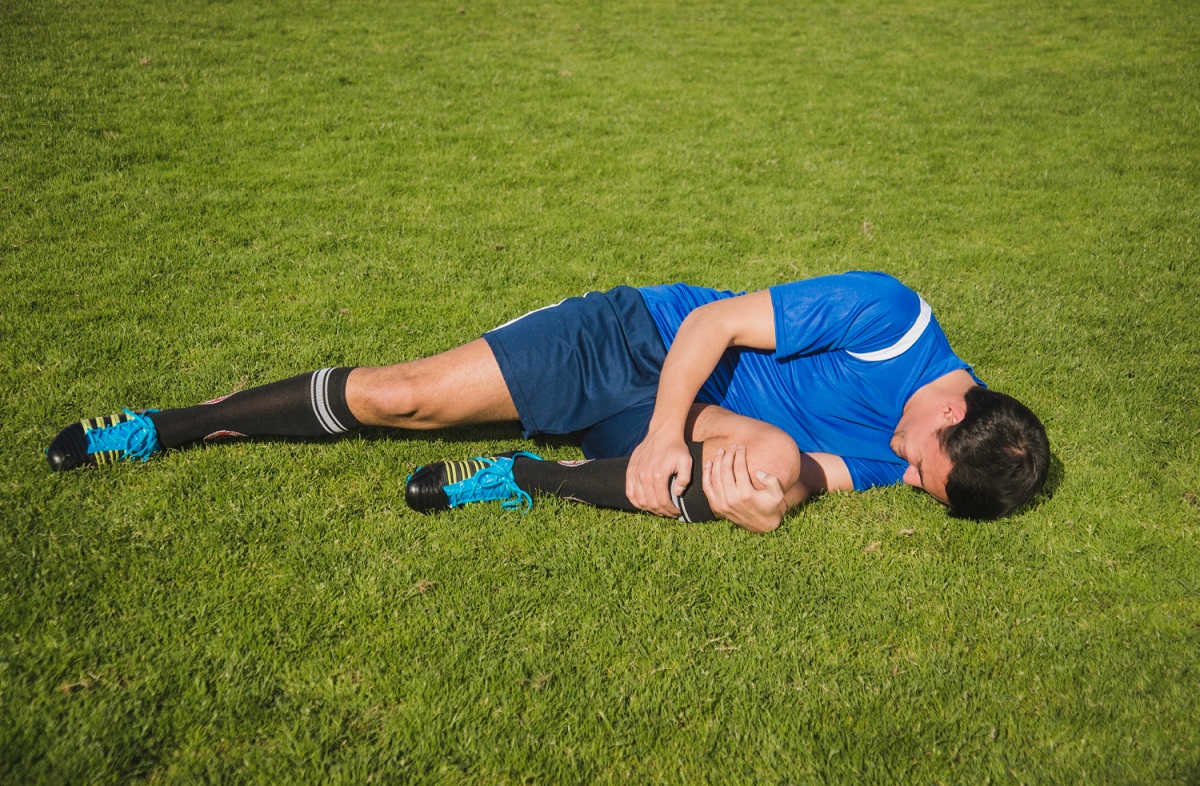
Types of sports injuries
Some of the more common sports injuries include:
- Ankle sprain – symptoms include pain, swelling and stiffness.
- Bruises – a blow can cause small bleeds into the skin.
- Concussion – mild reversible brain injury from a blow to the head, which may be associated with loss of consciousness. Symptoms include headache, dizziness and short term memory loss.
- Cuts and abrasions – are usually caused by falls. The knees and hands are particularly prone.
- Dehydration – losing too much fluid can lead to heat exhaustion and heat stroke.
- Dental damage – a blow to the jaw can crack, break or dislodge teeth.
- Groin strain – symptoms include pain and swelling.
- Hamstring strain – symptoms include pain, swelling and bruising.
- Knee joint injuries – symptoms include pain, swelling and stiffness. The ligaments, tendons or cartilage can be affected.
- Nose injuries – either blood nose or broken nose, are caused by a direct blow.
- Stress fractures – particularly in the lower limbs. The impact of repeated jumping or running on hard surfaces can eventually stress and crack bone.
First aid for sprains, strains and joint injuries
Suggestions on immediate treatment for sprains, strains and joint injuries, to prevent further damage include:
- Rest – keep the injured area supported and avoid using for 48-72 hours.
- Ice – apply ice to the injured area for 20 minutes every two hours for the first 48-72 hours.
- Compression – apply a firm elastic bandage over the area, extending above and below the painful site.
- Elevation – raise the injured area above the level of the heart at all times.
- Referral – as soon as possible, see a doctor.
- No Heat – heat will increase bleeding.
- No Alcohol – alcohol increases bleeding and swelling.
- No Running – running or exercise increases blood flow, delaying healing.
- No Massage – massage increases swelling and bleeding, also delaying healing.
